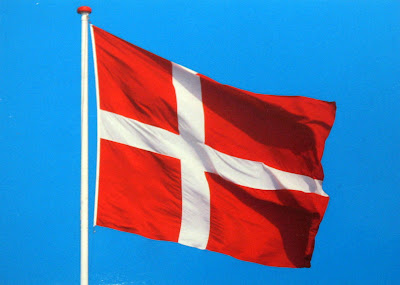


Estonia /ɛsˈtoʊniə/ (Estonian: Eesti), officially the Republic of Estonia (Estonian: Eesti Vabariik), is a country in Northern Europe. It is bordered to the north by the Gulf of Finland, to the west by the Baltic Sea, to the south by Latvia (343 km), and to the east by the Russian Federation (338.6 km). The territory of Estonia covers 45,227 km2 (17,462 sq mi) and is influenced by a temperate seasonal climate.The Estonians are a Finnic people, and the Estonian language is closely related to Finnish.
Estonia is a democratic parliamentary republic and is divided into fifteen counties. The capital and largest city is Tallinn. With a population of only 1.34 million, Estonia is one of the least-populous members of the European Union.








